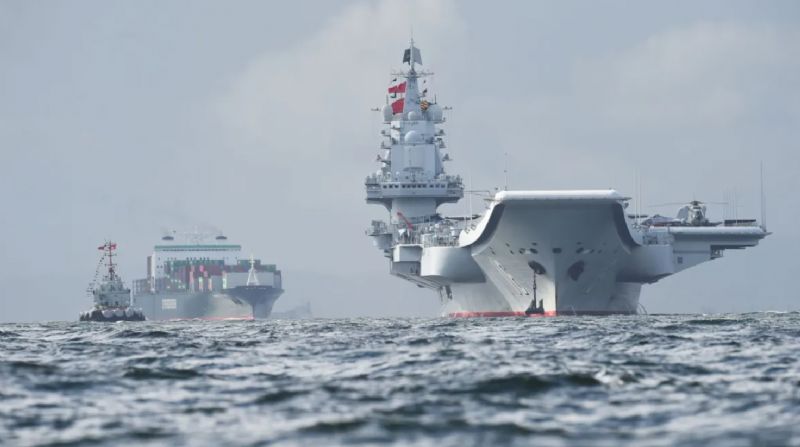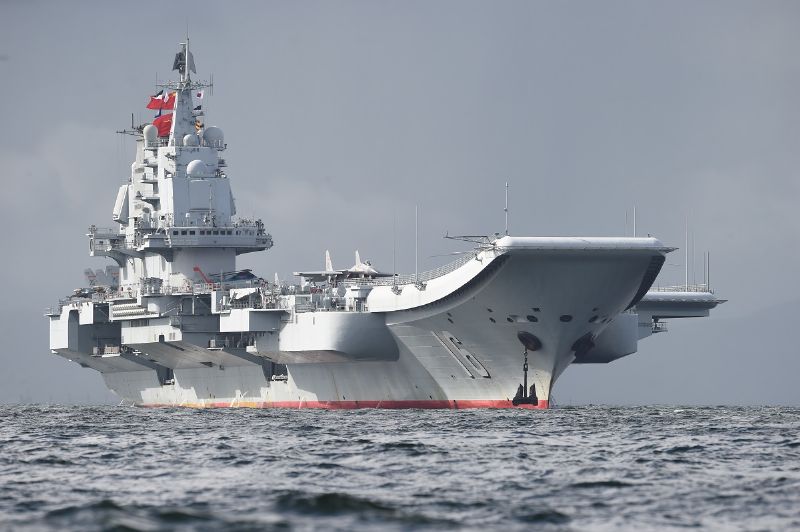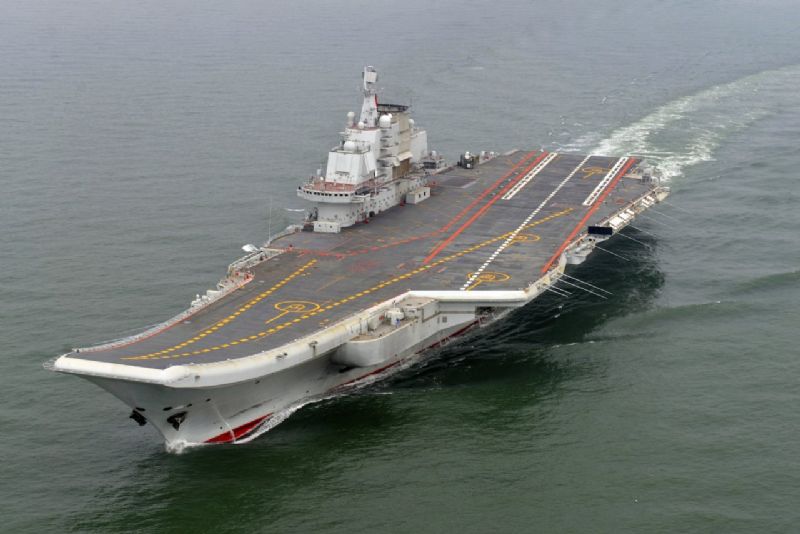
China’s massive new aircraft carrier named Fujian set sail this morning, May 1, on its first sea trials after more than six years of construction. China’s PLA Navy issued a brief statement confirming that the vessel departed shortly after 8:00 local time from Shanghai but did not provide details on the plans for the trials.
Called one of the most important elements of China’s naval plans, state media is boasting, “It will be the largest and mightiest warship any Asian nation has ever built, as well as the world’s biggest non-American aircraft carrier.”
Official details on Fujian, which was launched in 2022, remain closely guarded but analysts have developed a profile of the ship. They report it will be around 80,000 dwt which means it will compare in size to the U.S.’s 10 Nimitz-class ships, but significantly smaller than the U.S.’s new Ford-class carriers. The Gerald R. Ford is approximately 100,000 dwt.
The new carrier is a major achievement for Chinese shipbuilding and a significant advancement from the first Chinese-built carrier Shandong which was commissioned at the end of 2019. The Shandong is approximately 66,000 dwt. China’s first aircraft carrier, the Liaoning (approximately 60,000 dwt) was commissioned in 2012 based on the hull of an abandoned Soviet-era carrier sold to China by Ukraine. Fujian is being built by China State Shipbuilding's Jiangnan Shipyard.
Chinese state media is saying the Fujian has met all the technical requirements to begin its sea tests. They said the first tests will focus on the reliability and stability of the aircraft carrier, its propulsion and electrical systems. Speculation is that the carrier might be ready for delivery and commissioning late next year or in 2026. The Chinese Defense Ministry admitted that the Liaoning underwent 10 sea trials before commissioning while the Shandong underwent nine trials.
While Chinese media is highlighting that the Fujian is much larger and more capable than China’s first two carriers, analysts point out that it still lacks the capabilities of the U.S.’s nuclear-powered fleet. The Fujian is believed to be conventionally powered and expected to have a complement of 60 aircraft compared to the 75 or more on U.S. carriers.
China highlights that the Fujian employs an electromagnetic catapult system (similar to the Ford and the under construction sisters) versus the traditional ski jump on China’s older carriers. Analysts are however noting that the U.S. vessels have more lifts and a better capability to deploy planes quickly.
China heralds the Fujian as the latest demonstration of its naval power. China continues a rapid build up of its navy which is estimated at 340 vessels and has rumored that it is already working on the country’s fourth carrier.



We use cookies to improve your experience. By continuing to use our site, you accept our Cookies, Privacy Policy,Terms and Conditions. Close X